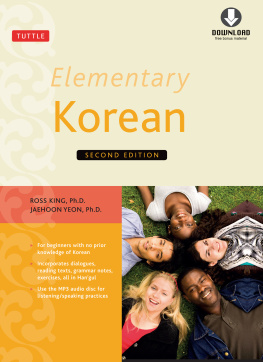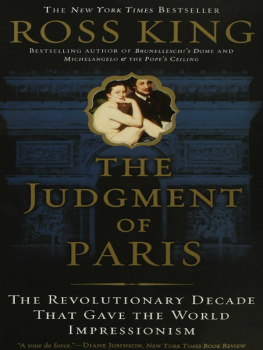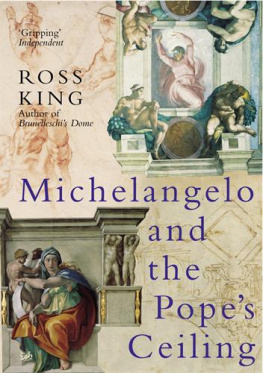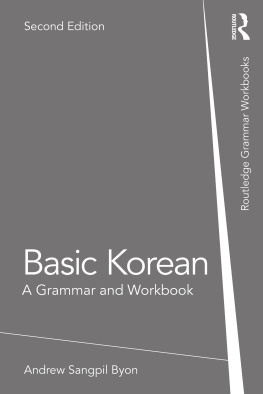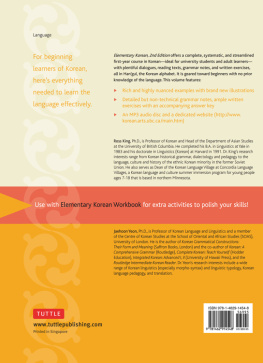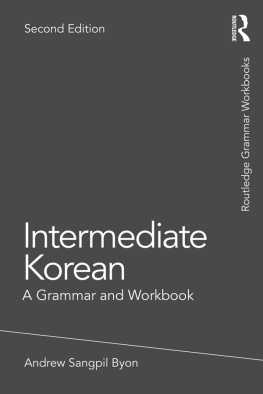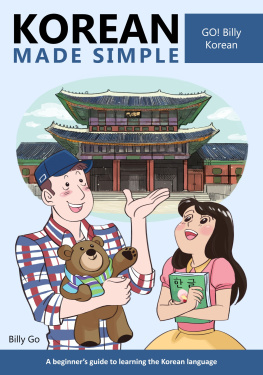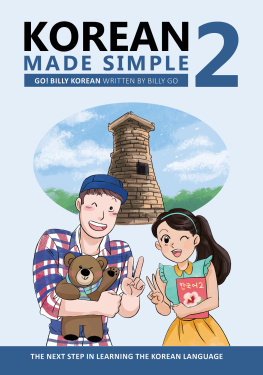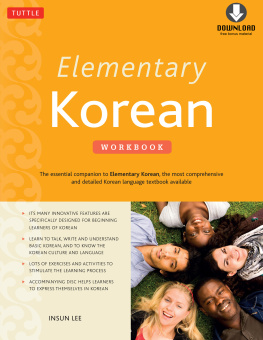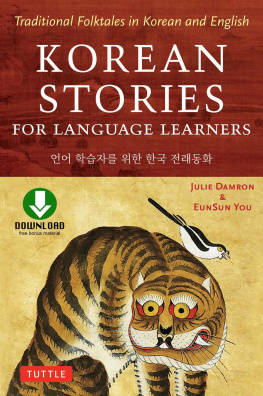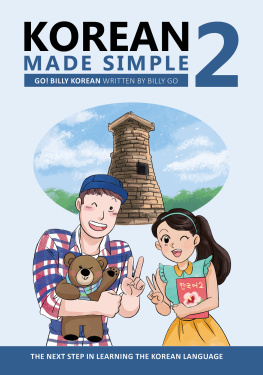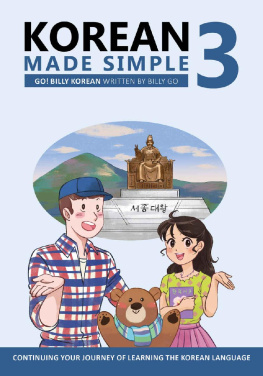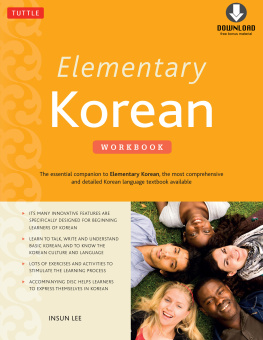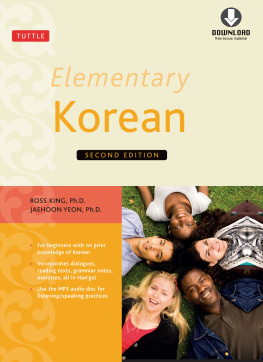About this Book
Like other Korean language textbooks on the market, this textbook has its strengths and weaknesses. The authors have tried to write a book that will appeal to a broad range of learners, including individuals working on their own, professional people working with a tutor, and university students in a classroom setting. The following remarks are aimed at teachers contemplating using the textbook with learners of the latter type.
Main Objective
This course consists of two volumes, of which Elementary Korean is the first. The sequel volume, Continuing Korean , is also available from Tuttle Publishing. The main objective of the two volumes comprising this course is communicative competence in contemporary spoken Korean through a systematic and streamlined introduction to the fundamental patterns of the language. Most lessons in the sequel volume also contain a Reading Passage, and both volumes introduce a number of patterns more relevant to written language than spoken. In such cases, the student is advised as to the spoken vs. written language status of the pattern in question. Thus, Elementary Korean and Continuing Korean do not aim at oral competence alone.
In terms of the American Council of Teachers of Foreign Languages (ACTFL) Proficiency Guidelines, the authors believe that Elementary Korean and Continuing Korean together provide enough material for a student to attain an Intermediate-Low to Intermediate-Mid proficiency level. Of course, this is also dependent on the number of contact hours and the quality of act-related instruction provided.
Basic Methodology
This textbook is unabashedly structuralist and eclectic in its philosophy and methodology. Some teachers versed in the latest task-based and proficiency-oriented approaches to language teaching may find the books structuralist approach reminiscent of the grammar translation method and the audio-lingual method. Such teachers should remember one point: the book does not teach the course in the classroom.
The authors believe the textbook is amenable to any number of language-teaching approaches and styles in the classroom; yet, we see it primarily as an out-of-class reference tool to ready the students for whatever activities their teacher has prepared for them in class. The grammar notes are richer (though still concise) than those in other textbooks for at least two reasons:
1. to help those students working on their own without recourse to a teacher
2. to reduce the amount of class time needed for fact (as opposed to act).
About the Exercises
The exercises at the end of each lesson are designed primarily as written homework, not as oral exercises for the classroom. We have deliberately omitted oral pattern drills from the lessons because we feel such drills take up unnecessary space and are easily constructed by the teacher. However, teachers are invited to refer to Insun Lees workbook accompanying this new edition for ideas for both task-based classroom activities and pattern drills.
About the Dialogues: Themes and Situations
The dialogues were written after the authors had determined which patterns were to appear in which sequence in the course. This increases the risk of producing dialogues that become mere vehicles for the structural items being introduced. Keeping this risk in mind, we have tried to write dialogues that succeed at once in illustrating each new structural point in the lesson and in introducing tasks and situations likely to be of immediate use to a beginner. We have tried to keep the conversations natural and colloquial and, where possible, humorous.
The dialogues cover the themes of daily academic life in Korea, business, and travel. Most of the dialogues center around two middle-aged foreigners (Chris and Eunice Murphy) and their two university-aged children (Eric and Sandy). The authors hope these characters will enhance the functional range and potential market for the book.
Situations and functions covered in the two volumes include: greetings and good-byes, classroom expressions, identifying things and introducing people, existence, location and possession, asking for directions, buying tickets and other travel-related situations, discussing ones studies and ones language abilities, telling time, ordering at a restaurant, asking for people on the telephone, shopping, social drinking, etc. Though our treatment of situations is by no means comprehensive, most situations and tasks necessary for attaining basic proficiency are covered.
About Transcription
The first four lessons include broad phonetic transcriptions of the Korean material. The transcriptions are not romanizations students can learn the McCune-Reischauer and Yale romanizations in a Korean Studies lecture course. The transcriptions are there for students who want them and are presented separately from the Korean-script renditions (in Lessons One and Two). Teachers and students who want or like transcription can use it, while others have the option to ignore it.
About Teaching the Korean Script
Some Korean teachers proudly teach the Korean script from day one. Others prefer to wait a few weeks while working in an exclusively oral-aural mode. All Korean teachers have their own way of teaching the Korean script, and thanks to the genius of the script itself, they all work. This is why our textbook does not dwell on the script; we simply give the basics rather than force one or another scheme on the teacher and student.
The authors prefer to wait at least a week or two before introducing the Korean script. We keep practicing the basic expressions from Lessons One and Two while hammering home the various pronunciation points treated in Lessons Three and Four until everyone is ready for Lesson Five. Lessons Three and Four are more akin to reference lessonspoints to come back to again and again over the course of an entire academic yearthan to lessons for formal, systematic presentation in the classroom. We find it most useful to treat Lessons One to Four as an organic whole, the contents of which can be covered in any number of ways.
Lessons One and Two introduce approximately seventy daily and classroom expressions, which at first blush seems a lot. But recall that these expressions are the raw material around which the pronunciation points in Lessons Three and Four are to be reinforced. Thus, students actually have four lessons worth of time to practice these expressions in class.
About Contact Hours
Most university Korean courses in the United States, Canada, United Kingdom, Australia, and New Zealand meet four or five hours per week. At this pace, the authors would recommend covering one lesson for every eight to ten classroom hours, in which the students have at least a 30-minute quiz at the end of every other week. But the authors recognize that different students and different courses proceed at different paces; thus, anywhere from six to ten hours per lesson is possible, depending on the circumstances. The authors believe the book is particularly well-suited for an intensive course of eight to ten contact hours per week, in which case it would be possible to finish both Elementary Korean and Continuing Korean in one academic year.
About Vocabulary
This textbook introduces a lot of vocabulary, some one thousand items in all. The authors are skeptical of statistical frequency list approaches to introducing vocabulary, since these frequency lists are never based on the vocabulary needs of university students, businessmen, or travelers learning Korean. Our book includes many sophisticated adult, intellectual vocabulary itemsthe sorts of words that mature adults would like to be able to say early in their Korean learning career. Furthermore, since Korean does not give the English speaker as many shortcut vocabulary freebies as does French or Spanish or German, it is a hard fact of life that students need to spend more time on vocabulary building.

